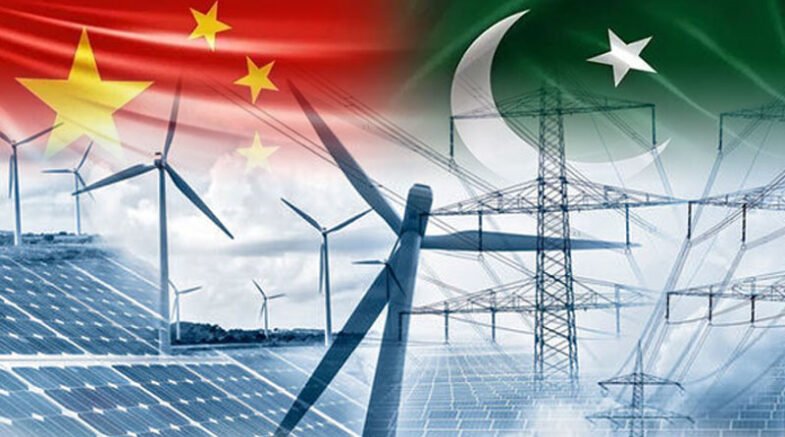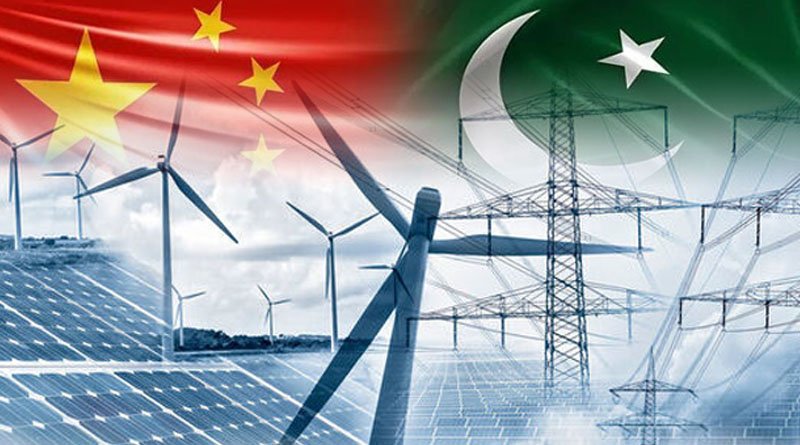Kashif Younis claimed that the price of electricity produced by wind and solar power plants is less than half that of electricity currently purchased in Pakistan from thermal sources.

Coordinator to the Federal Tax Ombudsman and Chairman of the Kyrgyzstan Trade House, Meher Kashif Younis, stated at a one-day workshop on “The Role of CPEC in Meeting Pakistan Energy Needs” held under the auspices of the Gold Ring Economic Forum, a strategic think tank, on Sunday that the CPEC energy projects have boosted Pakistan’s economy by increasing the country’s access to high-quality, less expensive power.
Meher Kashif Younis claimed that the price of electricity produced by wind and solar power plants is less than half that of electricity currently purchased in Pakistan from thermal sources.
Additionally, he claimed that CPEC projects had revitalized the once-deserted land in Jhimpir and effectively turned the area into a wind corridor.
He claimed that the Pakistani national grid has received affordable and clean energy from four wind farms with a combined installed capacity of 300 MW that were built here. He further stated that hydro power projects (HPP) have a relatively long operational life that can be used as a benefit to lower their tariff by widely spreading the cost over the project’s lifetime.
In FY2020–21 and FY202–21, respectively, these projects, which include coal, wind, solar, and hydropower, stand at 6570 MW and produced 28549.94 Gwh and 25772.48 Gwh of power, or 22.03% and 18.37% of Pakistan’s total generation, he claimed.
According to him, Pakistan’s export-oriented industries were particularly fueled by the national grid’s addition of 20% on average every year, which reduced the country’s endemic load shedding.
Using verified data and figures According to Meher Kashif Younis, Pakistan’s energy sector is primarily dependent on imported fuel (oil and LNG), which has put a strain on the country’s foreign reserves and restricted industrial development.
However, as a result of the CPEC energy projects, which in the last five years have replaced more expensive energy production methods like furnace oil and diesel with methods like coal and renewable energy resources, Pakistan’s energy needs have been met at lower costs, spurring growth in the export-oriented industry.
He claimed that the increase in price over the previous year was brought on by an increase in fuel prices on the global market. However, the CPEC projects continue to offer affordable rates.
The cost of generating electricity for CPEC projects using imported coal in October 2016 was Rs. 18.5/kWh, while the cost for domestic projects using FO and RLNG was Rs. 34.0/kWh and Rs. 31.0/kWh, respectively.
Pakistan must use its own resources due to rising fuel prices and a changed energy landscape as a result of the Ukraine war, with Thar coal currently being the most effective option. According to information provided by the Chairperson of the Punjab Higher Education Commission, Eng. Dr. Shahid Munir, Thar’s proven coal reserves total around 175 billion tons.
